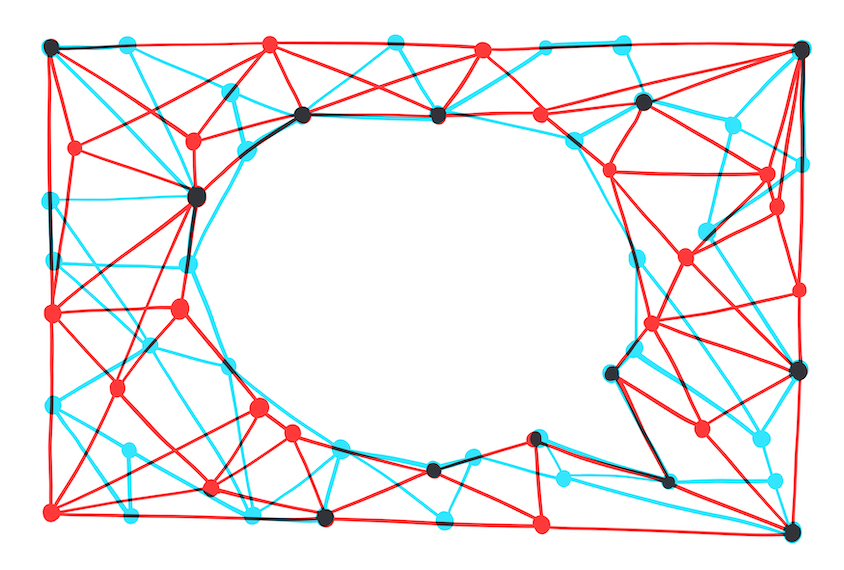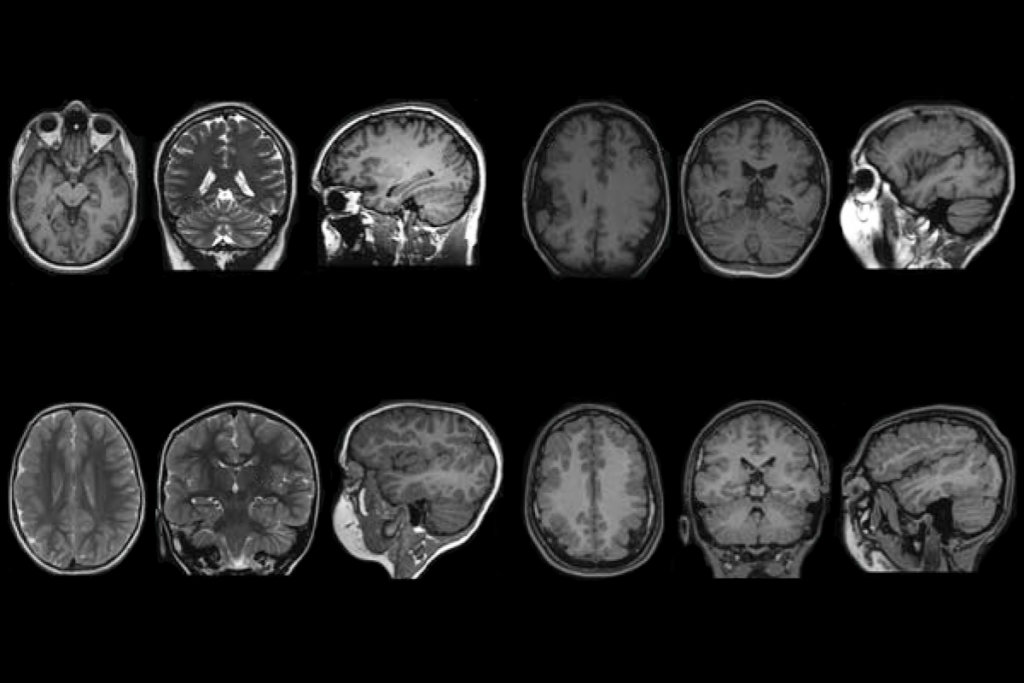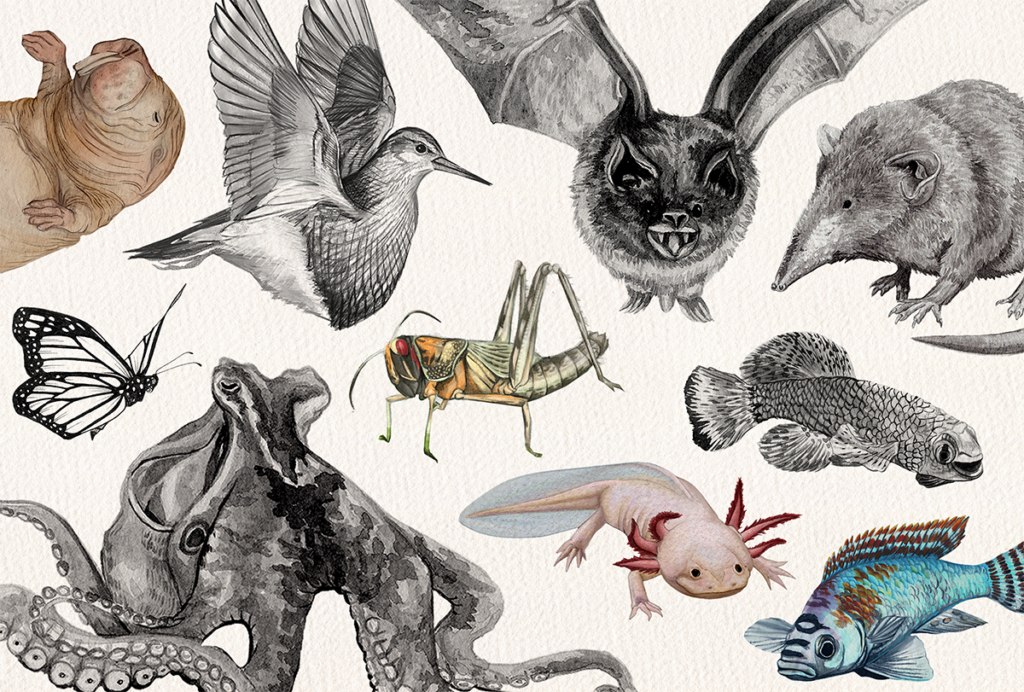Editor’s Note
A previous version of this article included a tweet from Monique Botha, who requested it be removed.

A potential threat to the integrity of data collected online and an analysis of the structure and function of dopamine receptors caught researchers’ attention on social media this week.
A previous version of this article included a tweet from Monique Botha, who requested it be removed.
Laura Crane of University College London shared her team’s publication “Letter to the Editor: A possible threat to data integrity for online qualitative autism research,” published 22 May in Autism.
Thanks to @liz_pellicano for leading on this new letter to the editor, just published in @journalautism, about the issues we’ve had on several recent research studies (????????????????????????) where we think we’ve fallen foul of ‘scammer participants’. ????1/ https://t.co/CqA2d8iHEL
— Laura Crane (@LauraMayCrane) May 22, 2023
Liz Pellicano of University College London responded to Crane.
Thank you, Laura! We hoped our letter would open up discussions with qual autism researchers about how we ensure trust in our research. We make some suggestions but would love to hear your thoughts, too! https://t.co/6Jw9RWpixY
— Liz Pellicano (@liz_pellicano) May 22, 2023
Ellie Taylor of the University of Southern California, Jessica Schwartzman of Vanderbilt University and Naomi Ekas of Texas Christian University also weighed in on the letter.
We’ve personally found that removing reimbursement is the most solid deterren. But, that’s not best practice for honoring community input. 🙁 We’ve switched to a lottery, control where we’re posting (e.g., only in private groups), and have a screener. Crossing fingers it’ll work!
— Ellie Taylor (@taylor_ell53445) May 22, 2023
@elliekaplankahn this came up at our table at the PROMS SIG! Might be a helpful resource to circulate with members who encountered similar challenges in their research projects across the globe
— Jessica Schwartzman (@DrJessicaPhd) May 22, 2023
Not doing qualitative right now, but doing zoom with parents. We are learning a lot. First, for our autistic population we are recruiting only from SPARK. For the non-autistic group we advertise on FB. We do an intensive screening from the pre screen Qualtrics.
— NaomiEkas (@EkasNaomi) May 23, 2023
Bryan Roth of the University of North Carolina at Chapel Hill linked to his team’s study “Structural genomics of the human dopamine receptor system,” published 23 May in Cell Research.
Finally–structures of D1, D2, D3, D4 and D5-dopamine receptors!!
Congrats to folks from @RothLabUNC , Eric Xu’s lab and many others.https://t.co/vCo8tXudlc— BryanRoth (@zenbrainest) May 23, 2023
Dritan Agalliu of Columbia University replied to Roth.
This is an important paper to read in order to understand not only the biology of these receptors but also how autoantibodies against these receptors may trigger activation. #PANDAS #Sydenhamchorea https://t.co/rUWTT39v8i
— Dritan Agalliu (@DAgalliu) May 24, 2023
Armin Raznahan of the U.S. National Institute of Mental Health described his team’s new paper, “Aneuploidy effects on human gene expression across three cell types,” published 15 March in PNAS.
How does carrying an extra chromosome impact genome function in humans ? Our new paper @PNASNews gets at this question for 3 human cell types – starting with the X and Y chromosomes and extending to chromosome 21. Led by the fabulous Siyuan Liu with a great collaborative team …
— Armin Raznahan (@bogglerapture) May 23, 2023
Giulia Albertini of Katholieke Universiteit Leuven shared her paper “Serotonin sensing by microglia conditions the proper development of neuronal circuits and of social and adaptive skills,” published 22 May in Molecular Psychiatry.
Jo Bossuyt of Vrije Universiteit Brussel shared a link to her team’s paper “Chemogenetic modulation of astrocytes and microglia: State-of-the-art and implications in neuroscience,” published 24 May in Glia.
Kripa Shankar of the University of Texas Southwestern Medical Center described his team’s work “Effects of thermoneutrality on food intake, body weight, and body composition in a Prader-Willi syndrome mouse model,” published 10 May in Obesity.
Ambra Ferrari of the Max Planck Institute for Psycholinguistics linked to “Development and experience-dependence of multisensory spatial processing,” published 17 May in Trends in Cognitive Sciences.
Rekha Varrier of Dartmouth University shared her poster “Shared and individual thresholds for social signal detection,” which she presented on 24 May at the Vision Sciences Society meeting in St. Pete Beach, Florida.
Poster I’ll be presenting at #VSS2023 on May 24 Wednesday morning. This poster features an ongoing project where we studied shared mechanisms and individual thresholds that make a stimulus social. pic.twitter.com/2lWjbDW4rq
— Rekha Varrier (@Rekha_Va) May 20, 2023
That’s it for this week’s Community Newsletter! If you have any suggestions for interesting social posts you saw in the autism research sphere, feel free to send an email to [email protected].
Follow us on Facebook, Twitter (@Spectrum), Instagram and LinkedIn.


